#free Jaffa
Text
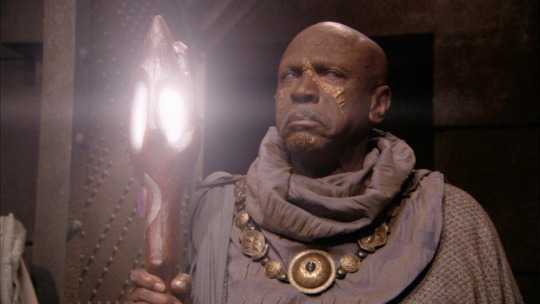
Goodbye, Gerak, former Leader of the Free Jaffa Nation
Rest in peace,
Louis Gossett Jr
May 27, 1936 - March 29, 2024
Tak mal arik tiak
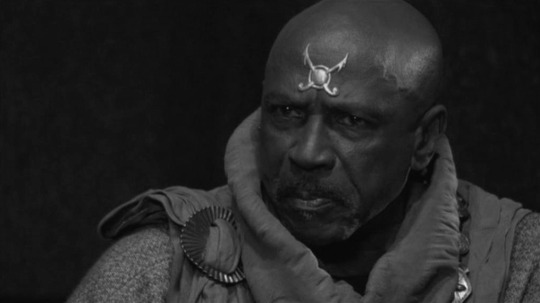
23 notes
·
View notes
Text
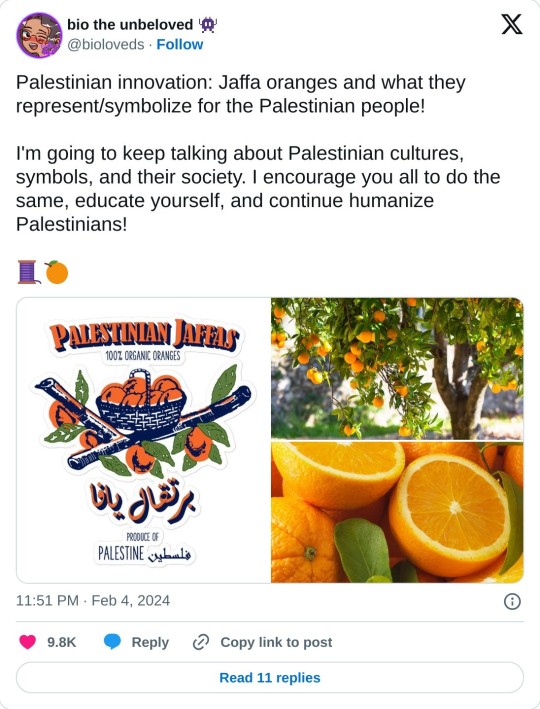

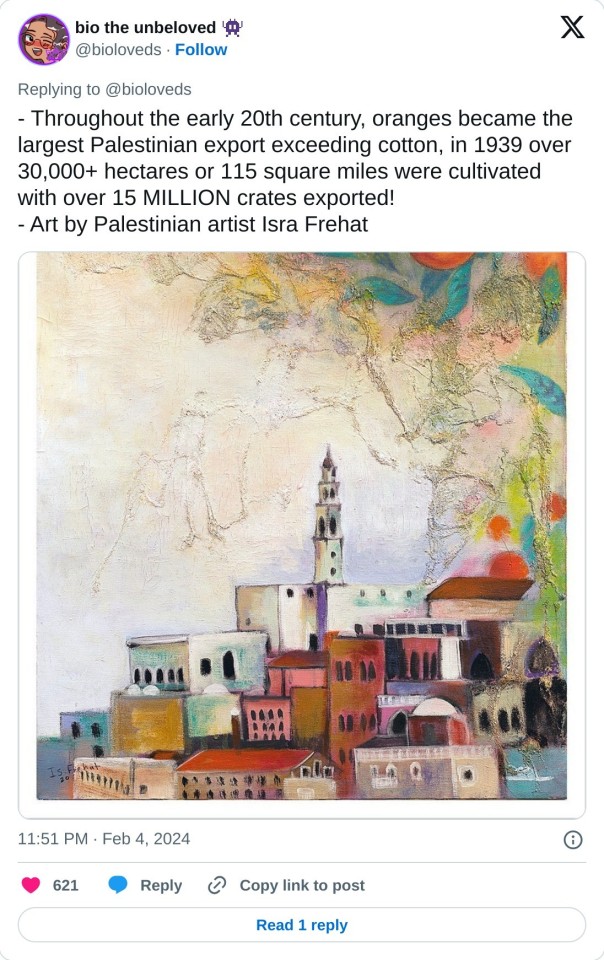





#feminist#social justice#palestinian art#palestine#free palestine#jaffa oranges#palestinian history#palestinian artist#palestinian liberation#history#art#palestinian culture#free gaza#freepalastine🇵🇸
7K notes
·
View notes
Text

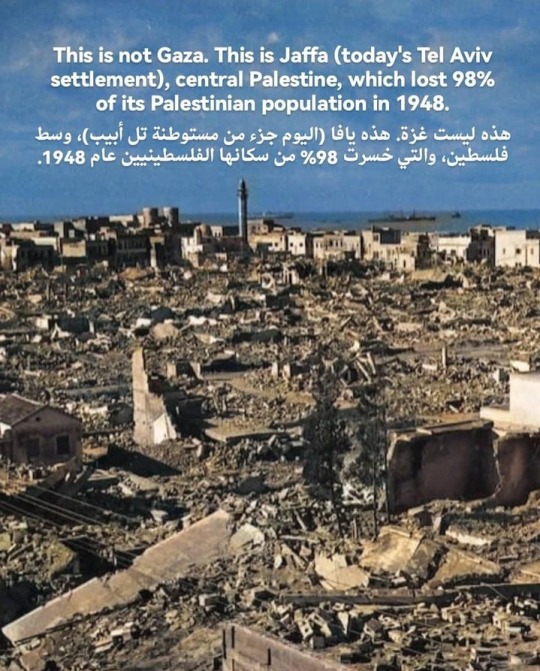


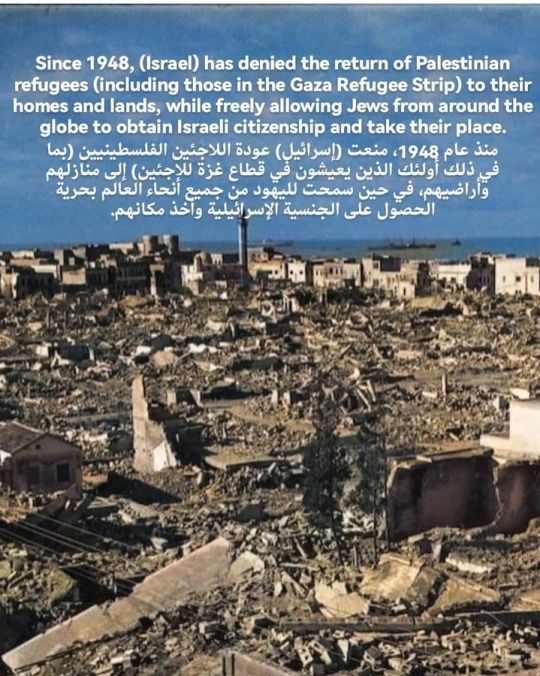



The genocide we're witnessing today isn't exclusive to gaza, and isn't new. Israel is literally built that way. This was never self defense or retaliation to hamas or anything. This is how israel brings their settlers. They bomb and destroy entire Palestinian cities. Murdering Palestinians and kicking them out of their land. Then build a new city and bring people from around the globe and give them the green light to live in a land that isn't theirs. While Palestinian refugees can't even visit their hometown. The only difference today, is that Palestinians learned the nature of the Israeli government and they don't fall for their lies anymore, so Palestinians stay in gaza and are ready to die for their land than leave it and be refugees who are never seen as humans or allowed in their own homes. We've seen this movie before, just as bassem yousef said.
#palestine#gaza#israel#important#current events#ethnic cleansing#free gaza#free palestine#gaza strip#gaza under attack#gaza under genocide#israel apartheid#israel is a terrorist state#jaffa#usa#america
320 notes
·
View notes
Text
Strike for Palestine Feb 18th-24th!
If you're planning on striking for Palestine but can't miss school/work for reasons outside your control, then here are some things you can do!!
Call your representatives and demand they urge for a ceasefire!! There are tools online to look up who your representative is and how to call them, and there are scripts you can follow! If you can't call, email! If you can't email, write a letter! Please, get in contact with them!
Attend local marches/demonstrations!
Continue to amplify Palestinian voices on social media! Israel wants a media blackout, but we have the power to ensure that Palestinians are seen and heard globally.
Don't spend money or at the very least limit your spending! Continue to boycott! Follow the official boycott list!
Donate to Esims for Gaza and the UNRWA!
If you can't donate with money, donate for free by: clicking this button!
You can also donate to verified Palestinian go-fund-mes like this one and this one: www.gofundme.com/f/please-help-abdelaziz but remember, some people are taking advantage of the genocide to scam people by posing as Palestinians! If something in a go-fund-me seems fishy, ask around.
You can also make art with Palestinian symbols like watermelon and olive branches and post it on social media! Consider pausing your personal projects in order to amplify pro-palestine projects instead!
We can all do something. If you haven't joined the fight for a free Palestine yet, it isn't too late to start.
41 notes
·
View notes
Text
JAFFA, this city in Palestine was wordly famous for their oranges, Jaffa Oranges, which inspired Jaffa Cakes. They had a striving culture and people. The occupation has turn it into one of the lost cities of Palestine.
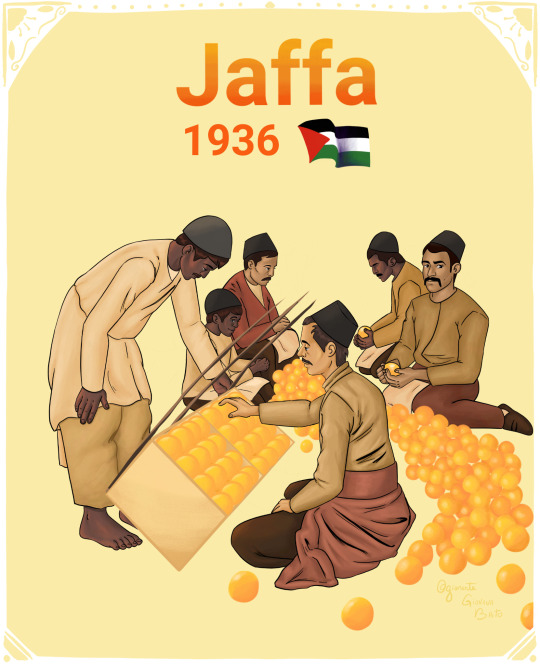




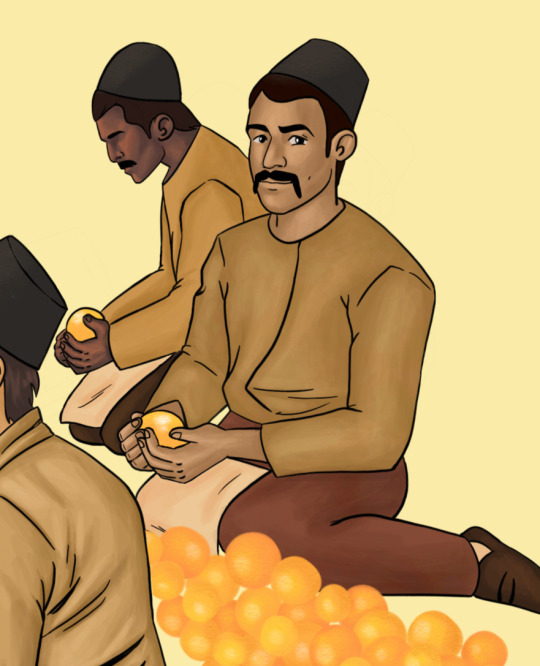
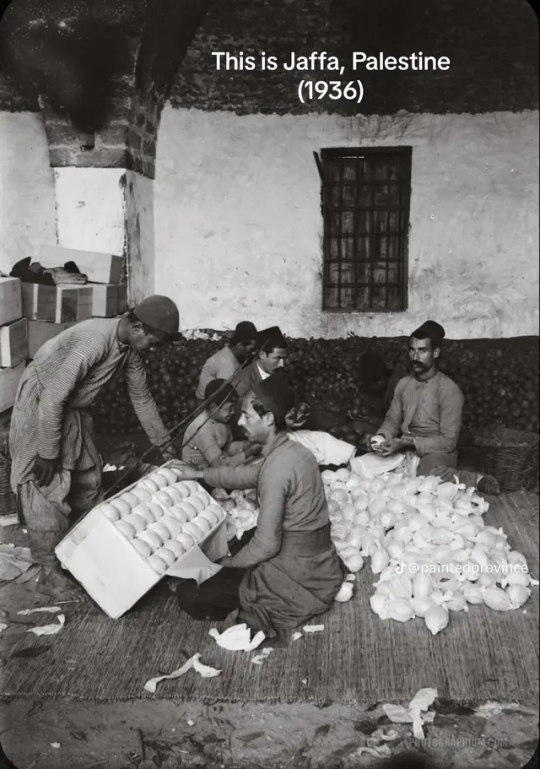
Ceasefire Now!! End Occupation! Stop Genocide! Free Palestine!
#artedigital#artists on tumblr#digital art#digital doodle#digital illustration#digital sketch#illustration#illustrators on tumblr#ilustraçaodigital#sketch#jaffa cakes#jaffa#taylor swift#free palestine#from the river to the sea palestine will be free#palestine#ceasefire#ceasefire now#end occupation#genocide#latina artist#latina#city#history#orange#artista brasileiro#brasil#brazil#brazilian artists#brart
74 notes
·
View notes
Text
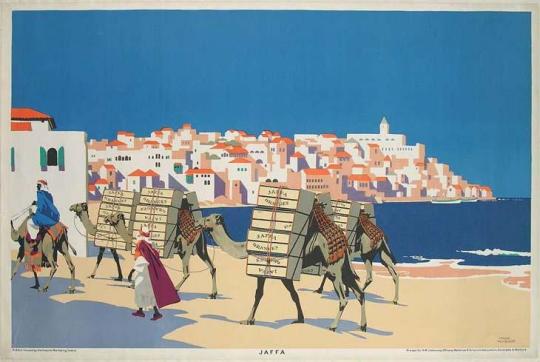
Jaffa, palestine
1929
#Jaffa#1929#يافا#فلسطين#genocide#ethnic cleansing#Frank Newbould#postcard#cartoon#free gaza#free palestine#vintage#Black and White#quotes#inspirational quotes#life quotes#Rachel#corrie#gif#Illustration#tumblr#WoW#mp100#hannibal#dungeon meshi#art#artist#NEWS#updates#Palestine
20 notes
·
View notes
Text
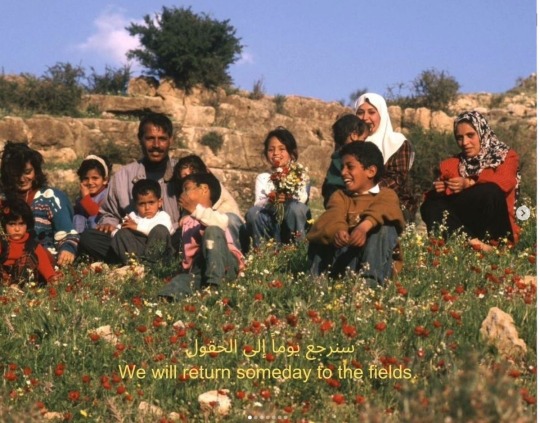
#palestine#gaza#gaza strip#humanity#free palestine#beautiful#landback#nazareth#jaffa#nablus#ramallah
22 notes
·
View notes
Text
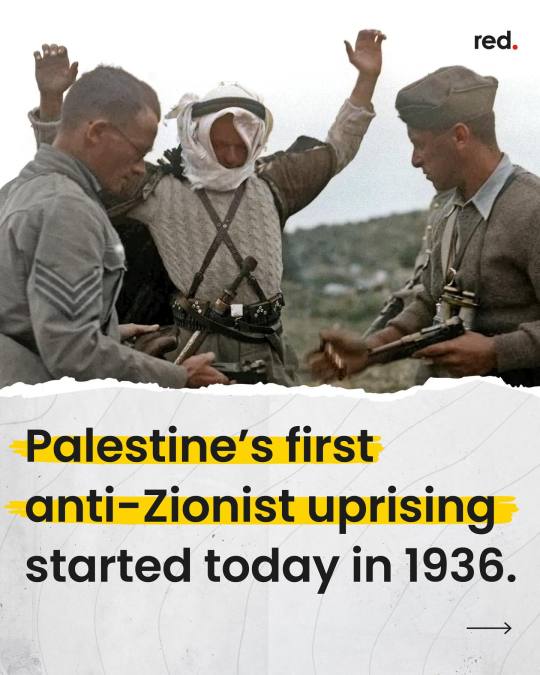
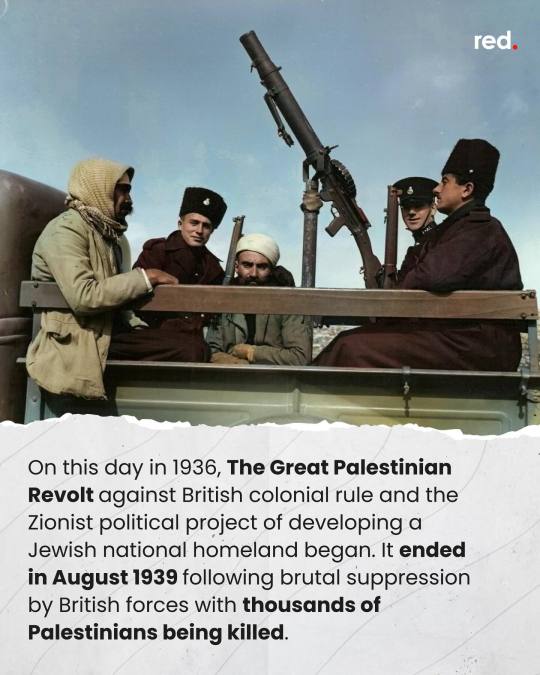

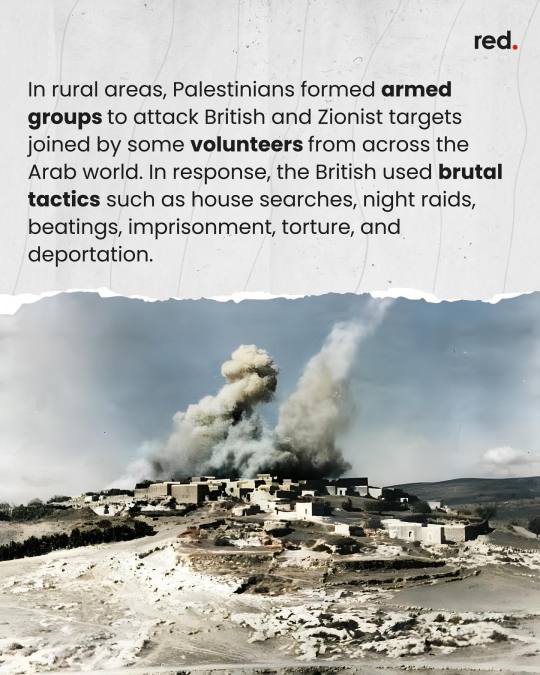


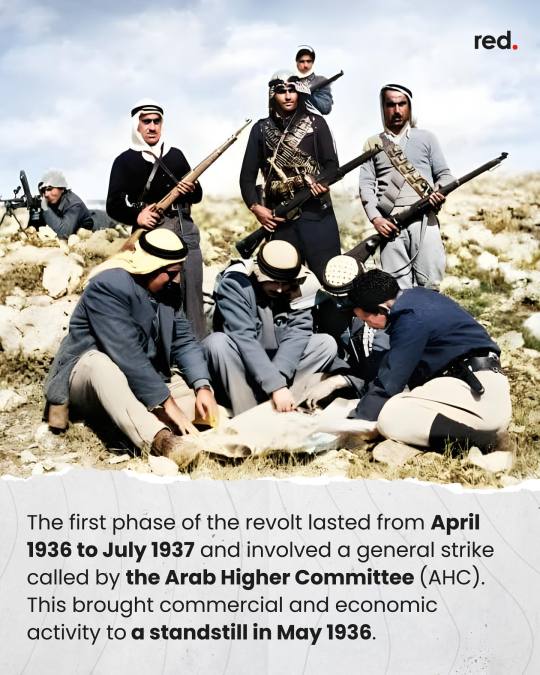

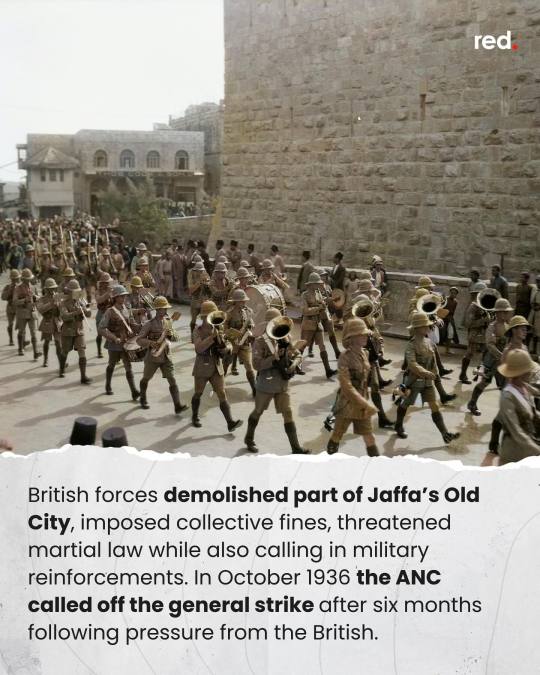
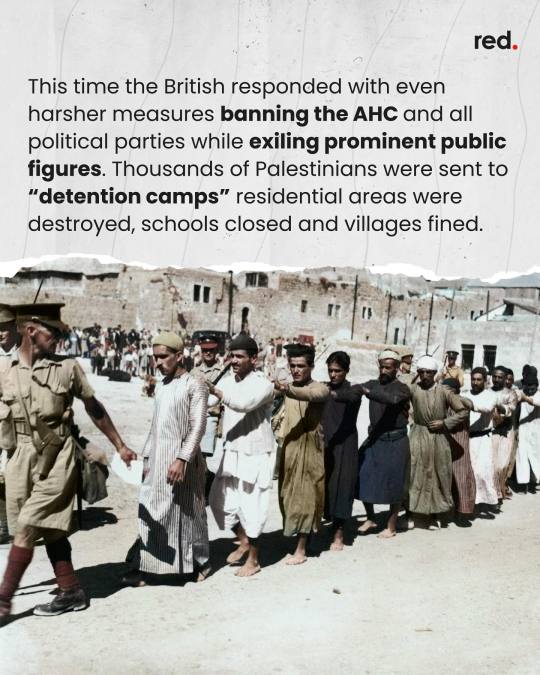
#palestinian resistance#palestinian rights#Palestinian revolt#this didnt just start October 7th#apartheid#save palestine#ethnic cleansing#israel is an apartheid state#seek truth#free palestine 🇵🇸#genocide#illegal occupation#israel is committing genocide#israeli war crimes#decades of occupation#1936#settler colonialism#colonialism#zionism#Anti-Zionism isn't anti semitism#stop weaponizing words to prevent debate and discourse#jaffa#Palestinian oppression#detention camps#from the river to the sea palestine will be free
16 notes
·
View notes
Text

#feminist#social justice#free palestine#palestine#free gaza#current events#settler violence#settler colonialism#jaffa#palestinian history#zionist occupation#the zionist entity#gaza genocide#nakba#nakba 1948#history#settler terrorism#imperialism#colonial violence
667 notes
·
View notes
Text
i like to imagine that after the Stargate program goes public, FN Herstal goes all-in marketing the P90 as the Official Goa’uld Stopper of the U.S. Air Force
#technically the Official Jaffa Stopper#but that might not go over well with the Free Jaffa Nation#stargate sg-1
29 notes
·
View notes
Text
Palestine - The Land of Sad Oranges

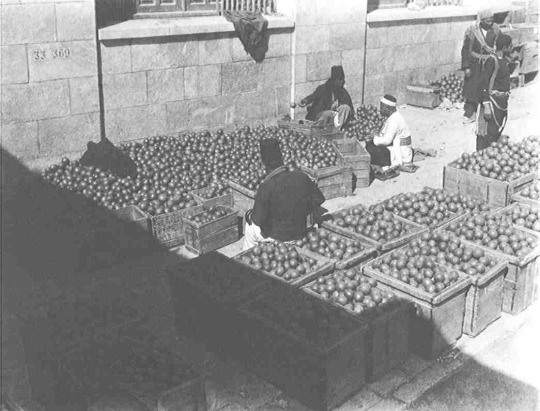
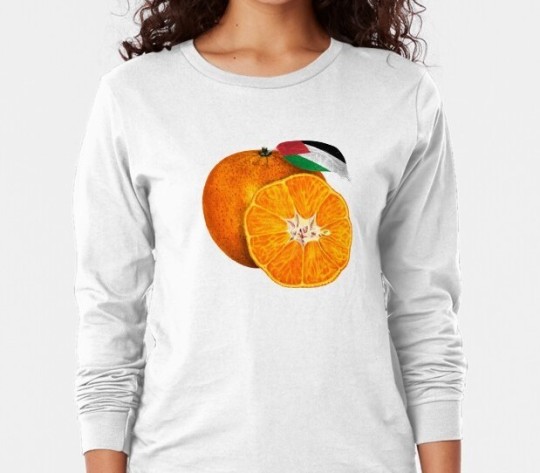
The Jaffa orange holds a lot of symbolism for the Palestinian struggle. This varietal was developed in Palestine in the 19th century and named for the city Jaffa, where it was first produced for export. It has strong skin and few seeds, making it excellent for commercial use, so it was a major product from the region until the industry declined under British rule and disruption from WWII. Finally the establishment of Israel caused irreparable damage as groves were seized or destroyed by settlers. Israel took over production on seized land but never achieved the same success with the crop, and what remained of Palestine suffered ongoing violence and blockades preventing the industry there from further success. The Jaffa orange has remained a symbol of the Palestinian homeland, most notably in Ghassan Khanafani's short story The Land of Sad Oranges.
This orange with a Palestinian flag for a leaf can be found here on shirts, stickers, mugs and more. ALL PROCEEDS from Palestine related sales will go to my Palestinian best friend to help him bring his girlfriend over to America and to help his other loved ones around the Levant who have been/are being hurt directly and/or financially by the attacks on Gaza, the increasing Israeli raids in the West Bank and the collateral damage in surrounding countries. All designs available here.
#palestine#free palestine#gaza#free gaza#فلسطين#jaffa#jaffa orange#land of sad oranges#colonialism#decolonize#social justice#human rights#save palestine#art#palestine art#sticker art#stickers#palestine flag#redbubble#ceasefire
11 notes
·
View notes
Text



The Ethnic Cleansing of Palestine - Ilan Pappé (2006)
#The Ethnic Cleansing of Palestine#Ilan Pappé#Palestine#Israel#Free Palestine#Free Gaza#ethnic cleansing#zionism#nsnv#colonialism#atypicalreads#politics#history#state of israel#ideology#nonfiction#Ilan Pappe#west bank#looting#jaffa#1948#May 1948
8 notes
·
View notes
Text
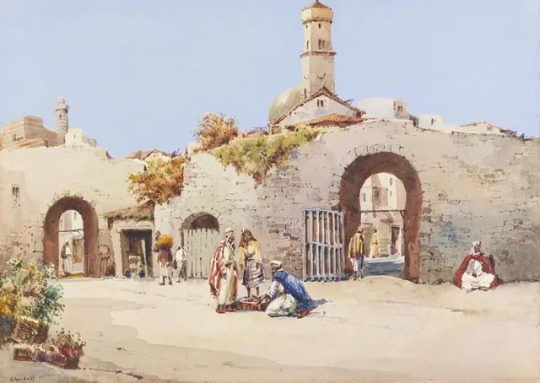
Jaffa, Palestine in the 19th century.
#19th c. palestine#19th century#jaffa#palestine#palestinian#arab#middle east#from the river to the sea palestine will be free
8 notes
·
View notes
Text
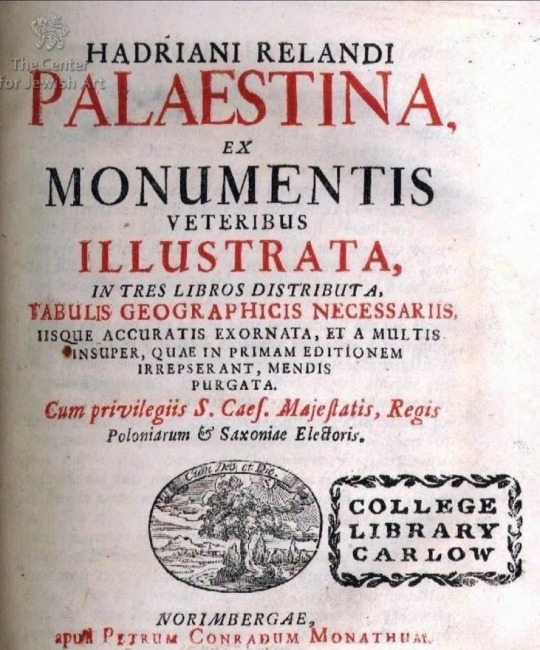
THERE IS AN OLD BOOK “PALESTINA EX” MONUMENTIS VETERIBUS ILLUSTRATA” which debunks the occupation fallacy
“The book is written in Latin. In 1695. Rilandi was describing what was then called Palestine.
The author Adriani Rilandi is a geographer, cartographer, traveler, philologist, he knew several European languages, Arabic, ancient Greek, Hebrew.
He visited almost 2,500 settlements mentioned in the Bible. The research was conducted as follows:
*He first created the map of Palestine. He then designated every settlement mentioned in the Bible or the Talmud with its original name.
* If the original was Jewish, it meant "pasuk" (a suggestion in the Holy Scriptures that mentioned the name. )
* If the original was Roman or Greek, the connection was in Latin or Greek.
In the end, he made a population census by settlements.
Here are the main conclusions and some facts:
* The country is mainly empty, abandoned, sparsely populated, the main population is Jerusalem, Akko, Tsfat, Jaffa, Tveria and Gaza.
* Most of the population is Jews, almost everyone else is Christians, very few Muslims, mostly Bedouins.
* The only exception is Nablus (now Shchem), where approximately 120 people from the Muslim family Natsha and approximately 70 "shomronims" (Samaritans).
* In Nazareth, the capital of Galilee, lived approximately 700 people - all Christians.
* In Jerusalem there are about 5,000 people, almost all Jews and a few Christians.
* In 1695, everyone knew that the origin of the country was Jewish.
* There is not a single settlement in Palestine that has Arabic roots in its name.
* Most settlements have Jewish originals, and in some cases Greek or Roman Latin.
* Apart from the city of Ramla, there is no Arab settlement that has an original Arabic name. Jewish, Greek or Latin names that have been changed to Arabic that don't make any sense in Arabic. In Arabic, there is no meaning in names like: Akko, Haifa, Jaffa, Nablus, Gaza or Jenin, and names like Ramallah, al-Khalil (Hebron), al-Quds (Jerusalem) - they do not have philological or historical Arabic roots. So, for example, in 1696, Ramallah was called Bethel (Beit El, the House of God), Hebron was called Hebron and the Cave of Mahpel was called El-Khalil (the nickname of Abraham) by the Arabs.
* Relandi mentions Muslims only as nomadic Bedouins who came to the cities as seasonal workers in agriculture or construction.
* About 550 people lived in Gaza, half of them Jews and half Christians. Jews were successful in agriculture, especially in vineyards, olives and wheat, Christians were engaged in trade and transportation.
* Jews lived in Tveria and Tsfat, but their occupation is not mentioned, except for the traditional fishing in Kineret.
* In the village of Um El Fahm, for example, lived 10 families, all Christians (about 50 people). There stood a small Maronite church.
The book completely refutes theories about "Palestinian traditions", "Palestinian people" and leaves almost no link between the land and the Arabs who even stole the land's Latin name (Palestine) and took it for themselves.
Book by Adrian Relandi (1676-1718) about Palestine, published in Utrecht in 1714.” [Summery by https://blogs.timesofisrael.com/whose-land-is-this/]
#occupation#israel#muslim#palestine#history#truth#evidence#free gaza from hamas#jews#christians#jaffa#occupation fallacy#leonard cohen
3 notes
·
View notes
Text
'Avatar: The Way of Water' - James Cameron Wows Us Yet Again
‘Avatar: The Way of Water’ – James Cameron Wows Us Yet Again
It is surreal that “Avatar: The Way of Water” has finally arrived in movie theaters after having its release delayed so many times. The original “Avatar” came out in 2009, and since then we have been promised a number of sequels which never quite made it to the silver screen regardless of what James Cameron promised us. This got to be aggravating for everyone including myself as I kept rolling my…

View On WordPress
#2022 Movies#20th Century Fox#20th Century Studios#3D Movies#Amanda Silver#Avatar#Avatar The Way of Water#DH Lawrence#Free Diving#HFR#James Cameron#Jon Landau#Josh Friedman#Kate Winslet#Lightstorm Entertainment#Oceans#Pandora#Rick Jaffa#Russell Carpenter#Sam Worthington#Sequels#Shane Salerno#Sigourney Weaver#Simon Franglen#Star Trek IV The Voyage Home#Stephen Lang#The Abyss#TSG Entertainment#Underwater#Whales Weep Not
5 notes
·
View notes
Text
i want to make a Yogscast version if one of those like mcyt ambience videos with rain and footsteps but instead of technoblade talking about greek mythology its lalna monologuing about tech and Xephos talking about plans
#a jaffa factory ambience video#for me to sleep to#but I am overwhelmed by the amount of footage i would end up sifting through#idk feel free to send clips of nice audio#just any nice long monologues by dif people of them talking about tech or plans#OH AND#ESPECIALLY OF THAT ONE MACHINE!!!#the funky cool sound making machine in the basement#yogscast#floyd thoughts
8 notes
·
View notes